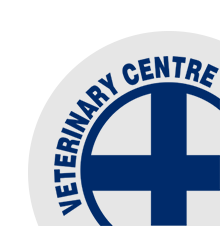What’s happening with Grass this Spring?
/Grass coming through the winter this season both visually appeared and tested of a higher quality than last season. Even as we closed on the end of the first round the grass quality on most farms has appeared significantly better.
Last season we conducted a study with Dr Jim Gibbs of Lincoln University to understand both the cause and effect of low milk urea nitrogen (MUN) values which were growing trend in the previous few seasons. Jim found that the main driver of the low MUN were high NDF contents (i.e. the grass was over mature and tough). It was thought that this may have been due to the reduction in nitrogen use in the autumn.
This season, almost across the board, those farms that had low MUN values last season have been higher this year. This may be reflective of both a more consistent phase of growth since late June and strategic nitrogen use. The higher MUN indicate that digestibility of the grass and the crude protein values have been higher this spring. Expensive high protein supplements are probably of less value this spring.
With the consistent and recent rains, we can expect that the dry matter percentages of grass will be a lot lower for at least the next couple of weeks. There are two main considerations that need to be taken into consideration.
1. Low dry matter feeds take up more space and are less energy dense. Studies have shown a reduction of dry matter intake of 0.2-0.3kg DM for each percentage drop in dry matter below 15-18%.
After a period of wet weather and good growing conditions this might see voluntary intakes drop from 18kgDM/day to 16kgDM/day if the dry matter percentage dropped from e.g. 18% to 12%.
Mowing high quality, low dry matter grass several hours before grazing in the right conditions will lift the DM percentage and increase intakes.
2. Low dry matter grass also leads to higher urine output. This can cause a washout of sodium. Sodium is essential to draw Volatile Fatty Acids across the rumen. Sodium deficient cows will have a lower appetite and reduce milk production.
Cows will typically require/consume 30grams of salt per day. This may increase to 50grams in some situations. Look to provide cows free access salt on a daily basis.




